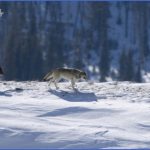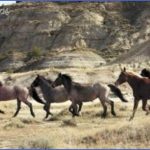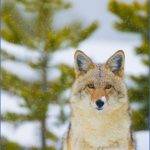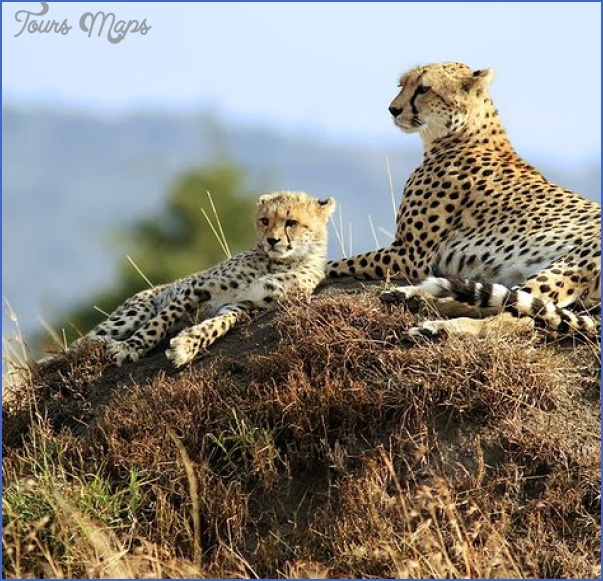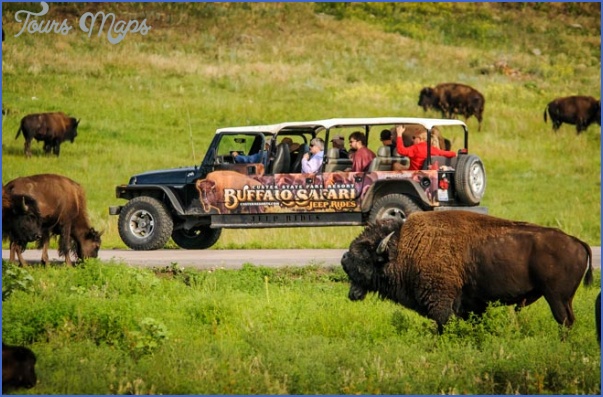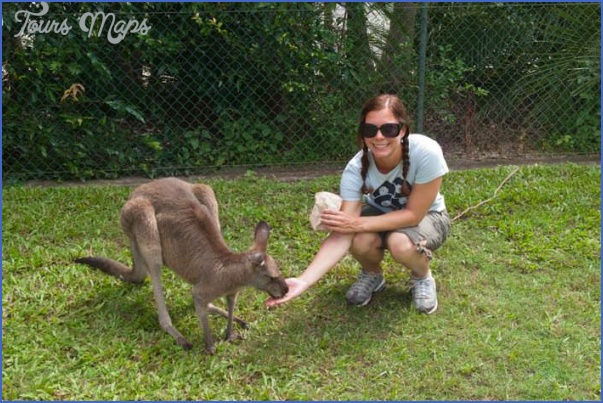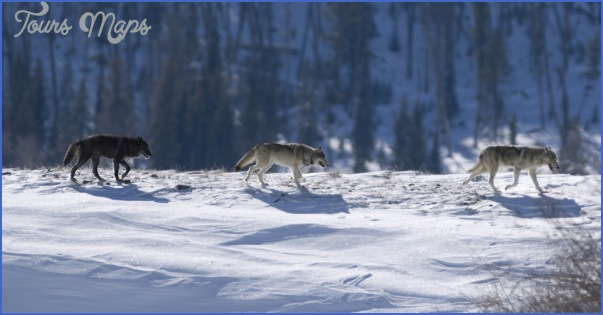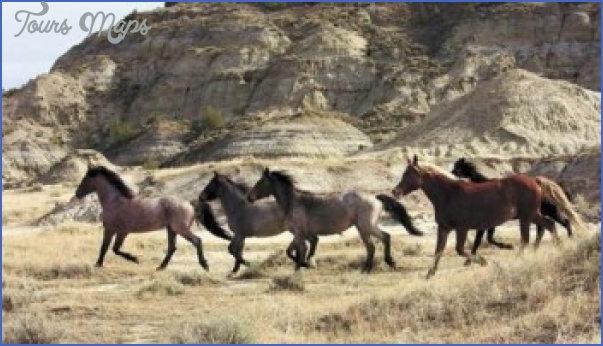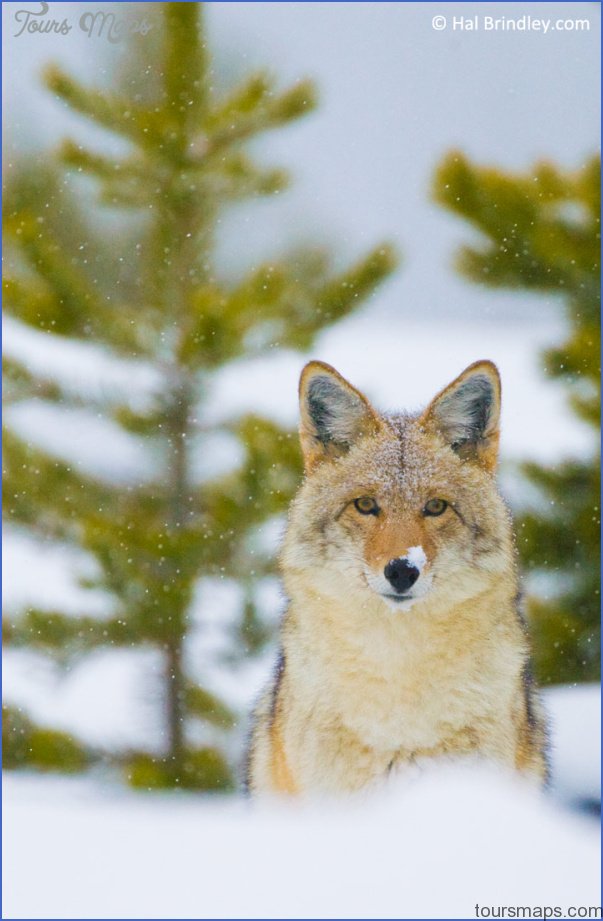Unfortunately not all American hunters are as careful as Ron Nelsen. That fact came home to me on another US visit, this time to talk to experts about America’s tallest bird, the elegant Whooping Crane and to see the birds on their wintering grounds along the balmy saline marshes of the Texas coast. It was the other American bird I was writing a chapter about for Back from The Brink.
Whooping Cranes – all-white beauties with red faces – were never as abundant as Wild Turkeys across the USA. Maybe there were 10,000 of them in total. Nevertheless, white settlers were once again the cause of their downfall, partly by shooting them for food, by taking their eggs to eat but also by draining the wetlands in which they nested and fed. By the 1950s only about twenty cranes survived. Extinction was looming fast.
Conservationists knew that they nested somewhere in the muskeg (part forest, part open marsh) of northern Canada but it wasn’t until 1954 that their breeding site was found. The problem that Whoopers faced – and still do – is that they migrate south every autumn to Texas, a distance of at least 4,000 km … and back again each spring. And that makes them vulnerable to exhaustion, to collisions with power cables and to the guns of hunters unwilling or unable to identify them as a protected species.
Wildlife Travel To US Photo Gallery
Even though their numbers have built up, very, very slowly to several hundred with good prospects that this slow increase will continue – any unnecessary loss of birds is a setback. Nineteen were shot between 2001 and early 2014, losses the population can ill afford. In February 2014, two cranes were found shot in southwest Louisiana; they turned out to be the oldest pair among a newly reintroduced Louisiana population. The birds, which had been tagged and were monitored by Louisiana officials, were expected to produce a chick in a few years’ time. That hope was extinguished by a hunter’s gun.
‘It’s a devastating setback and such a senseless act,’ said Robert Love, Louisiana Department of Wildlife and Fisheries administrator at the time. ‘Don’t shoot big white birds. It’s that simple.’ Officials said they could offer a $15,000 reward for information leading to an arrest. Since that incident, two more were shot in the state; one survived but might not fly again. Hunters often claim to confuse the much bigger and whiter Whoopers with the pale grey, and much more abundant Sandhill Cranes which can be legally shot in most states during certain months. Shooting a Whooper can lead to a $100,000 fine and a year in federal prison. In 2013, a 26-year-old South Dakota man pleaded guilty to killing a Whooping Crane and was sentenced to two years’ probation and an $85,000 fine according to the US Attorney’s office.
An abundance of easily purchased firearms combined with an incredibly strong hunting and shooting lobby representing their interests US-wide is something that most Europeans find hard to understand. If all US hunters were like Ron Nelsen there would be few if any problems. But Americans, especially those living in the more rural and the wilder locations on this vast continent, are but a few generations from the frontiersmen who ‘conquered’ this land and to whom the gun was an essential and everyday piece of equipment. And that inheritance and association is so firmly entrenched I can’t believe that it will ever change.
While gun ownership is commonplace in the US and frequently commented upon, it is equally commonplace in several other countries, many of which have little concept of controlling their use for hunting. Malta, for instance, an EU country signed up to all the wildlife protection laws across its Member States, fails to implement them. And it’s not alone. Cypriots, too, have a reputation for shooting almost anything that moves on legs or wings and is considered fair game. So it is that the Maltese and the Cypriots shoot and trap vast numbers of birds on migration south in springtime and north again in autumn. Not only what might be considered as game birds worthy of a decent meal – a duck or a pigeon perhaps – but also tiny birds like warblers and flycatchers; weighing hardly 15 g apiece they are trapped on twigs with sticky bird lime.
Britain, like most West European countries, has a well-regulated and largely very responsible wildfowl shooting fraternity, many of whom also carry out a good deal of positive conservation work such as habitat creation. But there is one shooting tradition that remains very controversial in the UK. It fires off from its starting blocks every year on 12 August, the so-called Glorious Twelfth – considered distinctly inglorious by its many critics – and it’s almost totally confined to Scottish moors and a few in the North of England. It is, of course, grouse shooting.
Writing a blog about inter-relationships between people and birds (Life with Birds: A Story of Mutual Exploitation (Whittles, 2011)) it was obviously a topic I needed to cover. Doing so without experiencing a grouse shoot myself (unlike, I guess, most of its critics) seemed wholly inappropriate. So I arranged, via an old friend and colleague – Dr Des Thompson at Scottish Natural Heritage (SNH), the Scottish Government’s conservation advisers – to spend a morning on a grouse moor in southern Scotland. It proved to be extremely enlightening.
It was late August in the rolling Lammermuir Hills when I met up with Robbie Douglas Miller who owns 3,000 acres of moorland. It was a full day’s grouse shooting and there were maybe ten ‘guns’, the grouse moor terminology for the number of men shooting, many of them friends of Douglas Miller. The day I was there, the moor all around was in flower, clothing the gentle slopes in an ethereal purple haze. There were areas of lush green too, rushy wet streamsides and grassy banks, all of it appearing slightly translucent in the light drizzly rain that was showing no sign of easing. An occasional Mountain Hare (the ones that have a white coat in winter) zoomed past, their extra-long ears almost flapping in the breeze as they ran.
Apart from the rain which, mercifully, kept the irritating biting midges away (but is most certainly not going to put the assembled gathering off a day’s shooting), there was hardly a sound to be heard. Behind us the moor sloped down to a shallow, boggy valley where rushes, cotton grass and mosses took over from the heather. In front of us was a short up-slope of heather to the nearby heavily clouded skyline. Over this slope, though, it’s all activity though nothing is yet visible. A line of maybe ten local men, all clad in full waterproofs and swishing noisy plastic flags low over the heather as they walk towards us, is getting closer.
I’m standing in a butt (a pit in the ground lined with boards) with Douglas Miller, trying to keep well back from what I know will soon be his shotgun’s booming blasts. Other pairs of guns are standing in other butts nearby. Suddenly, the silence is broken as several shotguns punch the moist air, reverberating across the damp moor, only our heads – and shotguns – visible to the birds that are skimming low and incredibly fast in flight past and over us, mostly in small groups of between five and ten, their wings whirring like mechanical toys. They are Red Grouse and they are getting killed. Some of them anyway.
I’m holding my hands over my ears (there weren’t enough earplugs to go round!) as his shotgun booms and a spent cartridge case leaps up and out of the gun as he fires, occasionally landing on me. The butt is quite small so I weave this way and that as he swings his gun about to fire at one grouse after another. And each time the beaters – the line of men employed for the day to disturb the grouse – do a drive of birds towards the shooting butts, somewhere around 30 or so grouse get killed. But the odds are stacked against the guns. Most of the grouse seem to get away, surviving for another day’s shooting when they will take their chances yet again.
Red Grouse aren’t large birds. Like small chickens in size, they are a rich brown with attractive white-feathered legs. They fly fast – at 80 km/h and more – it isn’t predictable where they will suddenly appear in front of you very low over the vegetation, you might get a second or two to aim, and a shotgun is only effective over a range of about 30 m. To shoot Red Grouse you have to be a very good shot indeed. I wouldn’t have been able to shoot an oncoming bull in those conditions (not that I would want to) but it seemed incredible to me that anyone could possibly hit a grouse at all.
I’d met Douglas Miller that morning near the rather oddly named Horseupcleugh, a remote farm in the eastern Lammermuir Hills. Here were gathered about 40 people, a motley collection turned out for a day’s grouse shooting. Some were beaters. Several others were ‘pickers-up’ with their dogs – retrievers or springer spaniels – whose main task was to find the dead or dying grouse that had fallen into the heather and collect them up. The beaters and pickers-up, all local men or workers from adjacent estates, were paid just £35 for their day’s work. By my calculations, for an eight-hour day, that was less than the minimum wage. OK, they did get a free lunch, maybe a warming drink or two in addition. But it seemed poorly paid to me.
‘We shoot here probably four times a season,’ Douglas Miller told me when we had time to chat walking from one set of moorland butts to another, each in different parts of his moor. ‘We don’t usually start on the 12th August because not all the year’s young grouse are mature enough by then. And we don’t normally shoot towards the season’s end [10 December]. On a very good day I suppose we’ll shoot about 200 grouse, but that’s probably the tops’.
After each drive by the beaters, followed by the shooting spectacular which was over in a few minutes, the pickers-up were out with their sniffer dogs retrieving the dead or dying spoils. I couldn’t estimate it but I guess that more grouse were dead than dying, any of the latter dispatched quickly by snapping their necks. The dogs, of course, were having a time of delight, hurtling through the wet heather, finding their quarry and taking them back to their pickers-up to be collected together in bags.
Then we were off on foot elsewhere on the moor, the beaters taking a different route to get into position for their next beating-up walk; the ‘guns’ dividing up into pairs in the scatter of butts. It’s all very well organised. Then the long wait again when all was quiet before the storm, an eerie silence in the drizzle that was sweeping over the purple ground haze. The ‘guns’ got their shotguns loaded up, there was a little very polite banter. Then all hell broke loose once again as the small red-brown birds zoomed low around us.
‘We charge the guns per brace shot [a brace is two birds] or we charge per day irrespective of how good the gun is. Say £150 per brace. So, if a gun shoots 50 brace in the day, it costs him £7,500,’ Douglas Miller told me. Some moors charge well in excess of that. It isn’t a sport for anyone short of the readies. The morning I was there, the ‘guns’ were all what might be considered ‘well-to-do’ or ‘well connected’ (one to the late Queen Mother); one was a banker from the south of England who had come with his shooting adviser no less! The contrast between them and the beaters/pickers-up, as you might expect, was enormous.
Grouse moors are expensive to buy, maybe £10 million for a small one, multiples of that for a large one. Most are owned by what is still regarded as the ‘aristocracy’ and may have been in the same family for generations – or they’re owned by wealthy Middle Eastern Arabs or city bankers. They are not a paying proposition but they have prestige value. A day’s shoot is as much a social event as a sporting one and the more traditional shoots will picnic in style at lunchtime before resuming in the afternoon.
But grouse moors do bring employment to very rural and often isolated places where jobs are usually few and far between, plus an income – albeit a very seasonal one – for local hotels, shops and garages. To the Scottish economy, grouse shooting is estimated to be worth £30 million a year and supports 940 full-time jobs according to a 2009 report from the Game & Wildlife Conservation Trust. Running a moor doesn’t come cheap of course, and is the main reason why it’s an expensive pursuit. Parts of the moor are burnt in the autumn, usually in small patches or strips in order to diversify the age of the heather, leaving some old and more mature heather while replenishing it with new growth where the land is burnt. That requires people to carefully control the burning so that it doesn’t get out of hand. There are access tracks to repair, the shooting butts to maintain and many other tasks including, most controversially, predators to kill. It is all managed by the gamekeeper (more than one on most moors) who has to be paid for and provided with a home and an all-terrain vehicle so that he can get these jobs done.
‘My keeper traps or shoots crows, foxes, stoats and weasels,’ says Douglas Miller. ‘If we didn’t, then we’d hardly have a grouse population because they’d take most of the eggs and chicks.’ That, of course, is the most controversial aspect of grouse moor management; many keepers have been prosecuted over the years for poisoning or shooting protected birds of prey such as Hen Harriers and Golden Eagles which sometimes take grouse for food. It’s a practice that is never owned up to by the grouse shooting fraternity but research suggests strongly that illegal killing of birds of prey is the reason why these rare birds are almost entirely absent from keepered moorlands.
It is certainly true that numbers of Red Grouse are artificially high on these managed upland heather moors because the whole system is designed to benefit them. The habitat is manipulated to provide a range of heather ages. Young heather shoots provide food; mature heather provides shelter and nesting spots under cover; clearings provide places for the young birds to sun themselves in. Most of their natural predators are either eliminated or much reduced and are replaced with a new one: men with guns.
In total there are reckoned to be about 460 grouse moors in the UK covering between one and two million hectares of moorland, most of them in Scotland. As a result of killing off lots of the moor’s natural predators, other birds that like this kind of habitat do well too. Birds such as Golden Plover and Curlew breed here and Mountain Hares usually prosper, something that grouse shooting apologists usually mention in support of their arguments. ‘I come up here to the open moor on a spring day sometimes just to sit, to look and listen and it’s simply wonderful,’ Douglas Miller tells me. ‘There are Skylarks in song, Golden Plover, Curlew and Lapwing calling. Plenty of Red Grouse of course. It’s idyllic.’
Most shot grouse are sold to game dealers who sell on to restaurants and hotels. ‘I sell most of mine to a local dealer and I’ll probably get £5 a bird’ he says. ‘Some of those we shoot today will be in London restaurants tomorrow night. They’ll go by train or are flown south.’ So restaurants that specialise in traditional British food, Rules in Covent Garden for instance, serve Red Grouse in season traditionally with game chips, redcurrant and bread sauce for £30 or so.
Organised grouse shoots like this – with beaters and pickers-up and the other adornments – are a fairly recent phenomenon. They began around the middle of the 19th century. In 1825 there are no records of Scottish grouse moors being let for shooting and, by 1837, just eight were available. The building of the railway north by 1863 it had reached Inverness – combined with the invention of the breech-loading shotgun in 1847 (lighter and quicker to load) made organised grouse shoots on ‘remote’ moors a real possibility.
But the numbers of Red Grouse on these moors can go up and down like a yo-yo according to Dr David Baines of The Game and Wildlife Conservation Trust who I talked to after my visit. And not because they are being shot. ‘Red grouse can suffer huge population crashes due to a parasitic gut threadworm they carry naturally. In order to maintain our grouse stocks, counter-intuitively, shooting older birds on the moor is a good way of controlling the disease as they often have very heavy worm burdens that will infect the younger birds. Climate warming has provided better conditions for the worm to flourish,’ Baines told me.
While I am no promoter of grouse shooting, its critics have to think through what might happen to all this heather moorland if grouse shooting was not the main use of the land? That’s something many of them often don’t think about or tacitly assume that whatever replaced it would be better for wildlife. But would it? Des Thompson, Principal Adviser on Bio diversity at SNH and an expert on Scottish hills and mountains, is veryclear. ‘People need to realise that moors managed for grouse are unnatural because the way the land is grazed by sheep and burnt in patches stops scrub and woodland taking over as it would naturally. Grouse shooting generates substantial income, and it’s unlikely that other uses of the moors could match that. In terms of wildlife, well managed grouse moors have a rich diversity of plants and animals, birds included, so long as birds of prey aren’t persecuted and, ideally, if some areas are allowed to develop some scrub and trees,’ he said.
There are, of course, many voices raised against grouse shooting because it is perceived by many as cruel. League Against Cruel Sports Chief Executive, Douglas Batchelor, is one of several critics. ‘It is utterly ridiculous to label an industry which depends on the mass slaughter of wildlife for entertainment purposes as glorious. Barbaric and immoral would be far more appropriate under these circumstances,’ he told me.
I felt that my day and grouse shoot had been a day well spent. I had seen how grouse shoots are conducted, realised how difficult it is to shoot such a bird and experienced the enormous dichotomy in culture, wealth and privilege that still exists between those doing the shooting and the men preparing everything for those participating in such an elitist experience. Whether pro or anti, one thing is for certain: the arguments about grouse shooting and the ‘Glorious’ or ‘Inglorious 12th’ will continue.
Maybe You Like Them Too
- DUBAI UNITED ARAB EMIRATES
- Anniston Map
- Wildlife Travel Guide
- Wildlife Travel To Alonissos
- National Wildlife Travel




